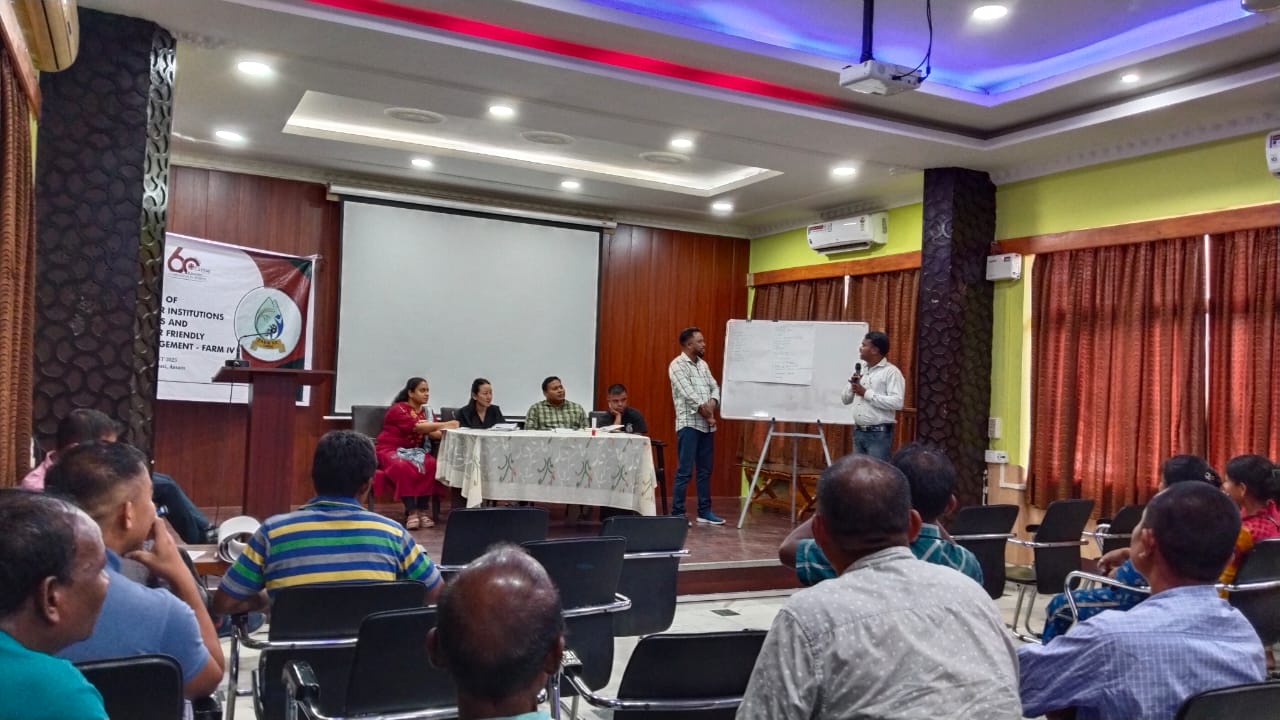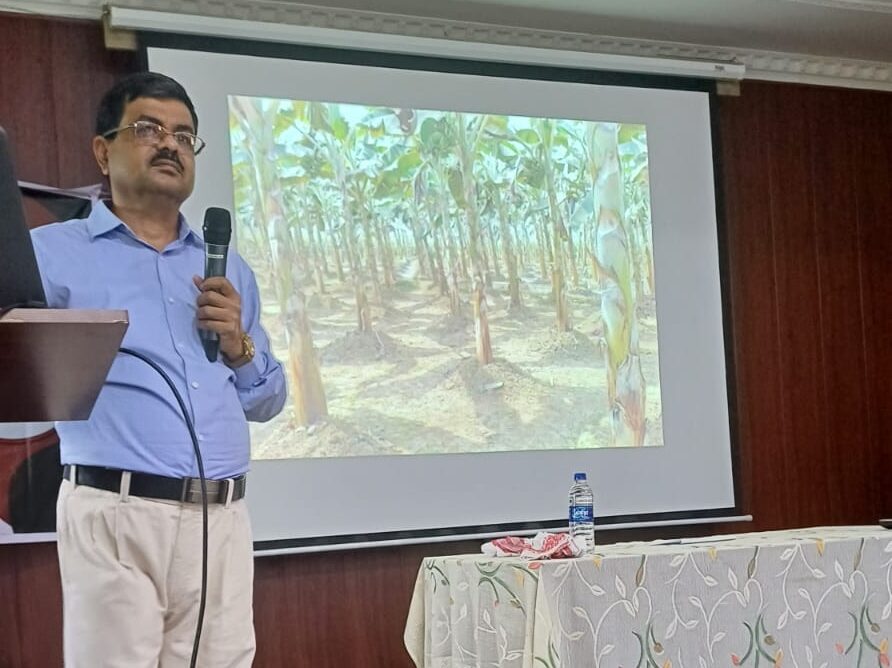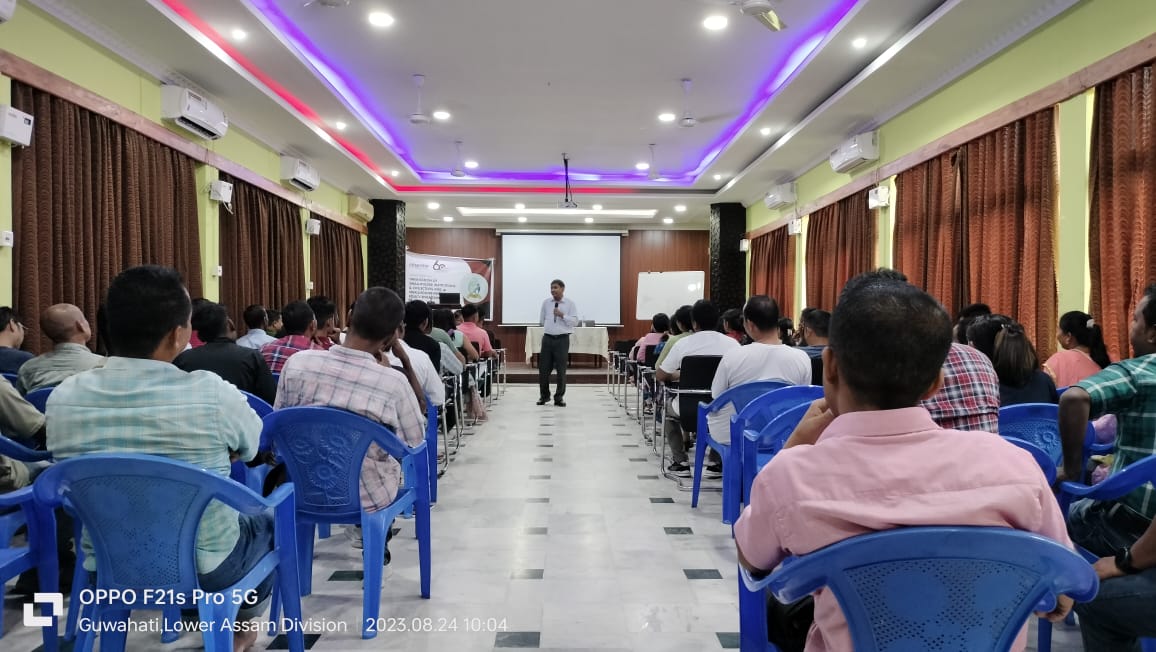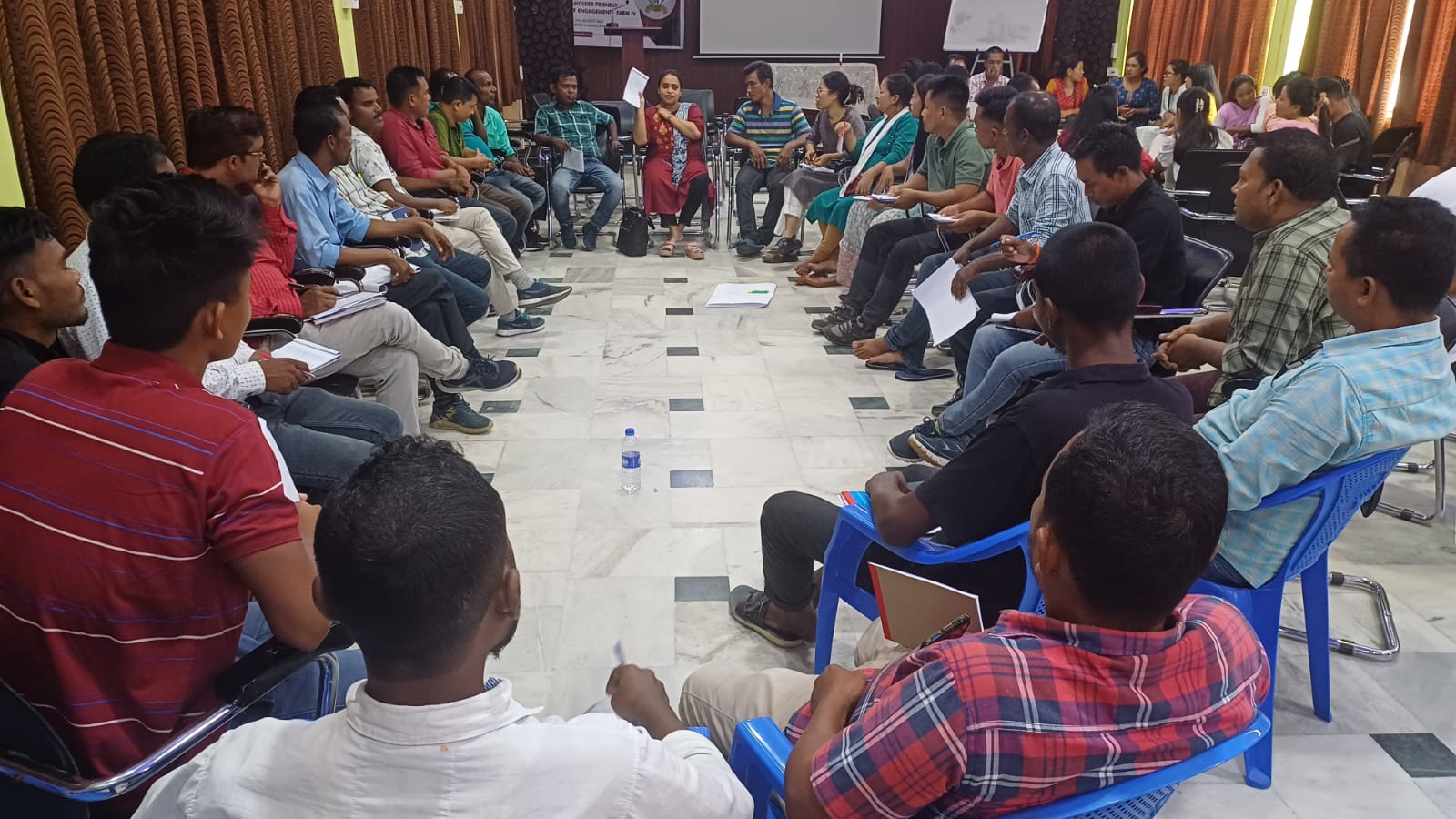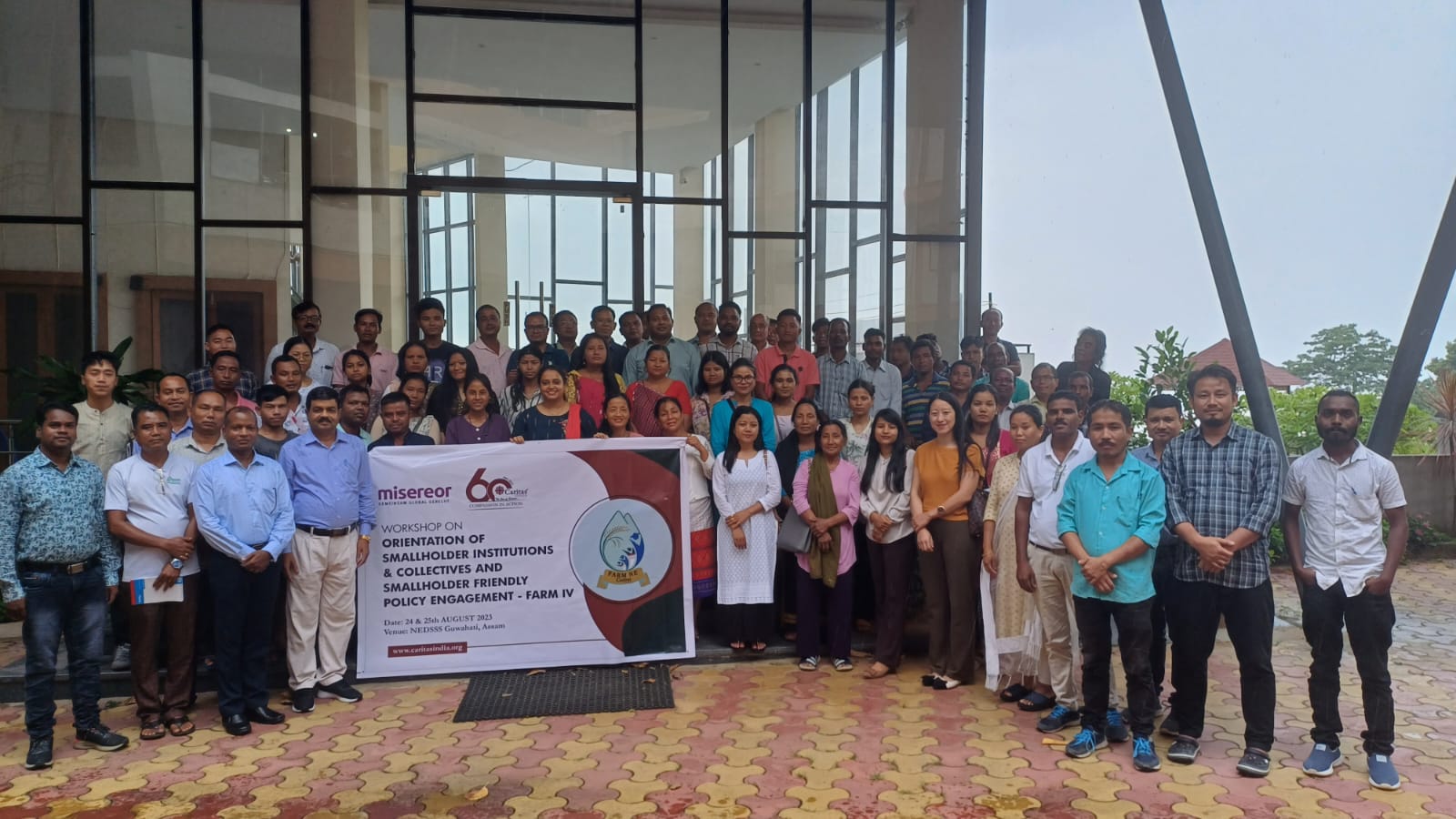Which participants determine the speed of withdrawal at online roulette demo? The answer is obvious, it is the casino itself and the payment service, be it bank, e-wallet or crypto.
Empowering Northeastern Farmers: Nurturing a Resilient Agricultural Future
Smallholder farmers in Northeast India are drifting away from agriculture due to changing food preferences among the younger generation and evolving livelihood options. The overarching spectre of climate change has cast a shadow over the agricultural landscape, triggering a worrisome decline in the sector’s vibrancy. This not only jeopardises local food security but also undermines the region’s agricultural sovereignty.
So how can we address this challenge and empower smallholder farmers? This is the question posed at the recent Caritas India FARM programme workshop on smallholder institutions and collectives and smallholder-friendly policy engagement held at NEDSSS, Guwahati, on August 24 and 25, 2023. The two-day deliverance discussed possibilities for strengthening the identified lead farmers on sustainable practices, value addition, post-harvest management, and dialogue with the duty bearers and policymakers. 30 farmers and 46 field staff members of the FARM Programme received practical inputs.
Mr. Jonas Lakra, the Programme Lead of FARM Northeast Phase IV, explained the purpose of the workshop: to share knowledge among smallholder institutions and collectives on the one hand and identify potential agro products suitable for their regions on the other, including information about cultivation, value addition, and market opportunities. The workshop equipped participants with the skills and knowledge required to engage with policymakers, dialogue for favourable policies and facilities, and articulate the needs and concerns of smallholders effectively. It also facilitated networking and collaboration among smallholder institutions and collectives, fostering an environment of shared learning and mutual support for sustainable agricultural practices.
Dr. V. Suresh Babu from NIRD said farmers in the Northeast are content with paddy cultivation and little vegetable production. They need to increase the livestock and also encourage cash crops. He highlighted a few important problems affecting smallholder farmers in the Northeast. He said, “Scarcity of water and lack of irrigation facilities are two of the prime reasons why farmers are not able to cultivate. Secondly, farmers lack scientific knowledge and methods for cultivation. In the Northeast, people are only using the soil but are not able to treat it to maintain fertility. Lastly, due to constant floods, landslides, and cutting of trees, topsoil is being degraded”. Dr. Babu was sharing his views on soil fertility issues, natural treatment of soil, integrated farming, and the engagement of youth in farming.
Some of the solutions given include the use of high-yielding seeds to get shorter-duration crops; the need to have rainwater harvesting; tapping the in situ and ex-situ water reservoirs; the need to use natural resources wisely; educating the farmers on government schemes; promoting an integrated farming system; and market control by the farmers.
Another resource person, Mr. Manoj Kumar Sharma, a professor at Assam Agriculture University, spoke on the various government schemes available for farmers. He also highlighted some of the problems and steps for possible solutions to those problems. “For sustainable cultivation, farmers should understand the agriculture problems and bring solutions to those concerns. Farmers are holding 1 to 3 hectares of agricultural land, which is scattered. Agriculture land lacks sufficient water and depends completely on monsoon rain. Farmers are growing small quantities of vegetables and food crops, which they are unable to sell due to a lack of market facilities. Lastly, the farmers have limited knowledge and information on agriculture and are habituated to old methods of cultivation.”
He gave a few solutions, including multi-cropping and composite farming for better livelihoods. He added that the land should be used to cultivate different and seasonal crops, and this cultivation should support fisheries, livestock rearing, and cash crops. There are agriculture-allied entrepreneurs like agri-input supply shops, fish farming, dairy farming, animal husbandry, and small processing units. He also highlighted different government schemes initiated to promote agriculture.
The two days of deliverance and discussion motivated the farmers and the field staff. Farmers present in the meeting expressed that they have been doing monocropping and mainly seasonal cropping in a small way. As they are small and fragmented farmers, they need to think of commercial farming, which means large production to attract the market. The immediate outcome of the programme is the commitment of farmers to do integrated or composite farming rather than monoculture and planting a few vegetables.
The FARM Northeast team planned to organise similar training for farmers at district level and invite government officials to strengthen the dialogue process with duty bearers and disseminate agriculture-related information to the farmers. The FARM team, along with the respective village community, will prepare a plan based on the inputs for the next two years. Lastly, work towards creating different types of integrated farming models in each of the project areas.
Copyright Caritas India 2013 ! Developed by Neural Info Solutions Pvt. Ltd.


